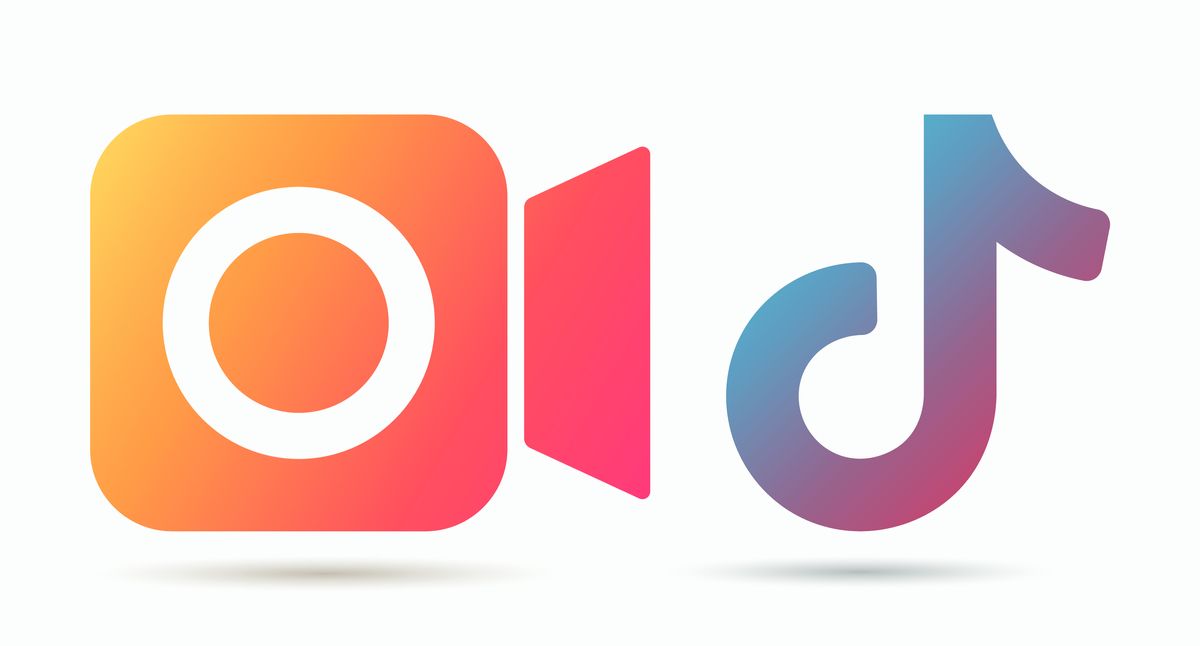TikTok vs Instagram – Where to Spend Your Budget

The last decade has seen Instagram become the most popular network of choice for brands to market their products. With around 32% of internet users on the app and 1 billion monthly users worldwide, its influence is unparalleled. However, with Gen Z now insisting on brand authenticity, less photoshop and more grounded, relatable influencers, brands have had to start getting creative when it comes to marketing towards the younger demographic through digital channels. Queue TikTok. TikTok was first launched in China by start-up, ByteDance, under the name Douyin. ByteDance then bought out the popular, American lip-syncing platform, Musical.ly, and merged the apps together to make the Westernised TikTok platform we know today. In just three years, TikTok has gained a staggering 1 billion users and continues to grow at an exponential rate. Brands such as Gymshark, Elf Cosmetics, Too Faced and even the likes of Chipotle have already seen much success on the platform, with seemingly minimal effort. So why is it such a great opportunity for brands?







